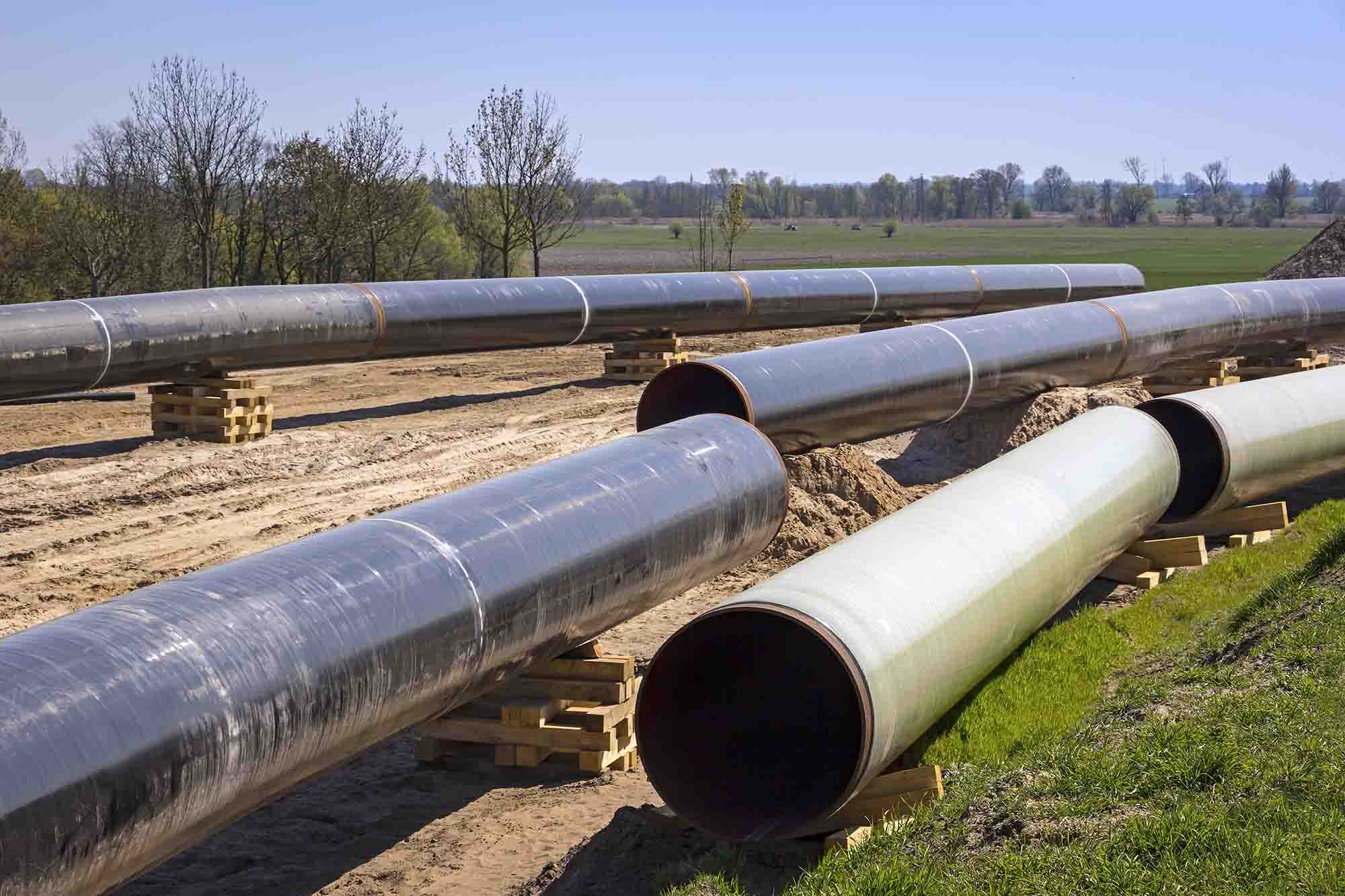Are All Ductile Iron Pipes Flexible? The answer is no.
2025-06-12 16:53:01 hits:0

Globally, more than 85% of ductile iron pipes adopt flexible joints (such as T-type and K-type). Especially in municipal water supply and drainage systems, flexible joints are highly favored for their excellent adaptability to foundation settlement and seismic resistance[^1]. However, the answer to the question "Are ductile iron pipes inherently flexible by default?" is not absolute. This article will explore the types of joints, application scenarios, and key selection criteria to uncover the truth about the "flexibility" of ductile iron pipes.
1. The Essence of Ductile Iron Pipes: High Strength Does Not Equal Flexibility
Ductile iron pipes are made of ductile cast iron. By adding nodulizing agents and inoculants to the molten iron, the graphite morphology is transformed from flaky to spherical, significantly enhancing the material's performance:
It's crucial to note that the high strength and toughness of ductile cast iron do not equate to "flexibility." The "flexibility" of a pipeline system actually depends on the connection method, not the material itself.
2. Flexible or Rigid? The Connection Method Determines the Property
The joint design of ductile iron pipes determines whether they possess flexible characteristics. Here is a comparison of common joint types:
| Joint Type | Structural Features | Flexible Characteristics | Application Scenarios |
|---|---|---|---|
| T-type Joint | The socket inner wall has a rubber ring groove, and the spigot is smooth | Allows axial deflection of 3°-5° | Small-diameter (DN80-DN600) water supply and drainage |
| K-type Joint | Flanged deep groove with a more secure rubber ring seal | Allows deflection of 5°-8° | Large-diameter (DN700-DN2600) and areas with complex geological conditions |
| Self-anchoring Joint | The socket is equipped with an anchoring slot to prevent joint disconnection | Flexible + anti-pullout | Mountainous areas, seismic zones, or scenarios requiring thrust resistance |
| Flange Joint | The socket and spigot are equipped with flanges and fastened by bolts | Rigid connection | High-pressure steam pipelines, industrial equipment connections |
| Mechanical Joint | The rubber ring is fastened by bolts, similar to a clamp | Limited flexibility | Temporary installation or repair and renovation |
Key Conclusions:
3. Characteristics of Flexible and Rigid Ductile Iron Pipes
1. Flexible Connection: The Preferred Choice in Engineering
2. Rigid Connection: The Fixed Solution for Special Scenarios
4. Industry Default Perception: "Ductile Iron Pipes" Usually Refer to Flexible Connections
In engineering practice, "ductile iron pipes" by default refer to flexible connection types for the following reasons:
5. Guide to Purchasing Ductile Iron Pipes: Three Points to Confirm Flexible Pipes
6. Conclusion: Selection Should Be "Tailored to Local Conditions"
Are ductile iron pipes flexible by default? No! The flexibility of ductile iron pipes depends on the joint type, not the material itself. Incorrect joint selection may lead to pipeline leakage, cracking, and other hazards. So, how can the right choice be made?
Key Parameters Should Not Be Ignored:
As a professional ductile iron pipe supplier, Tiegu supports customized production of both rigid and flexible joint pipes, strictly complying with international and domestic standards such as AWWA and GB/T to ensure product quality and performance. Whether it is a large-scale municipal project or a complex industrial project, we can provide one-stop services from selection advice, drawing optimization to efficient delivery. Contact us now to obtain exclusive solutions and factory-direct quotes, and work together to build reliable pipeline projects!
Phone&WhatsApp: +86 152 5613 5588
Email: zbw@tiegu.net
Fill out our online form for 24 - hour response.
[^1]: The data is sourced from the "Ductile Iron Pipe Market, Report Size, Worth, Revenue, Growth, Industry Value, Share 2025" research report published by QYResearch. This report conducts an in-depth survey of the global ductile iron pipe market, covering various aspects such as market size, application fields, and regional distribution. The conclusion that more than 85% of global ductile iron pipes adopt flexible joints is drawn through extensive data statistics and analysis.
[^2]: Based on the relevant content in the "2025-2030 Global Ductile Iron Pipe Fittings Industry Market Survey and Investment Feasibility Analysis Report", through the analysis of application fields, market share, and other dimensions, combined with industry development trends and actual project case data, the conclusion that more than 90% of ductile iron pipes adopt flexible connections is comprehensively derived.

 en
en  fra
fra  de
de  ru
ru  ara
ara  gle
gle  it
it  jp
jp  kor
kor  th
th  zh
zh 


